SUMMARY
300: Rise Of An Empire begins around 490 BCE and ends in 480 BCE, showing some major battles of the Greco-Persian War.
The timeline of Rise Of An Empire is clear, but its ties to 300 are confusing, as it spans events before, during, and after 300.
The bulk of Rise Of An Empire occurs during 300, but the final battle, Salamis, happens afterward, showcasing a turning point in the war.
300: Rise of an Empire is the sequel to Zack Snyder’s 300, but its relationship to the first movie’s timeline is much more complicated than a normal sequel’s would have been. In many ways, Rise of an Empire is an odd sequel. Snyder didn’t return to direct Rise of an Empire, for example, yet Rise of an Empire did feature some returning characters. Despite its unorthodox nature as far as sequels go, Rise of an Empire does connect quite well to 300. That connection isn’t always very clear, though, especially as far as the duology’s timeline is concerned.
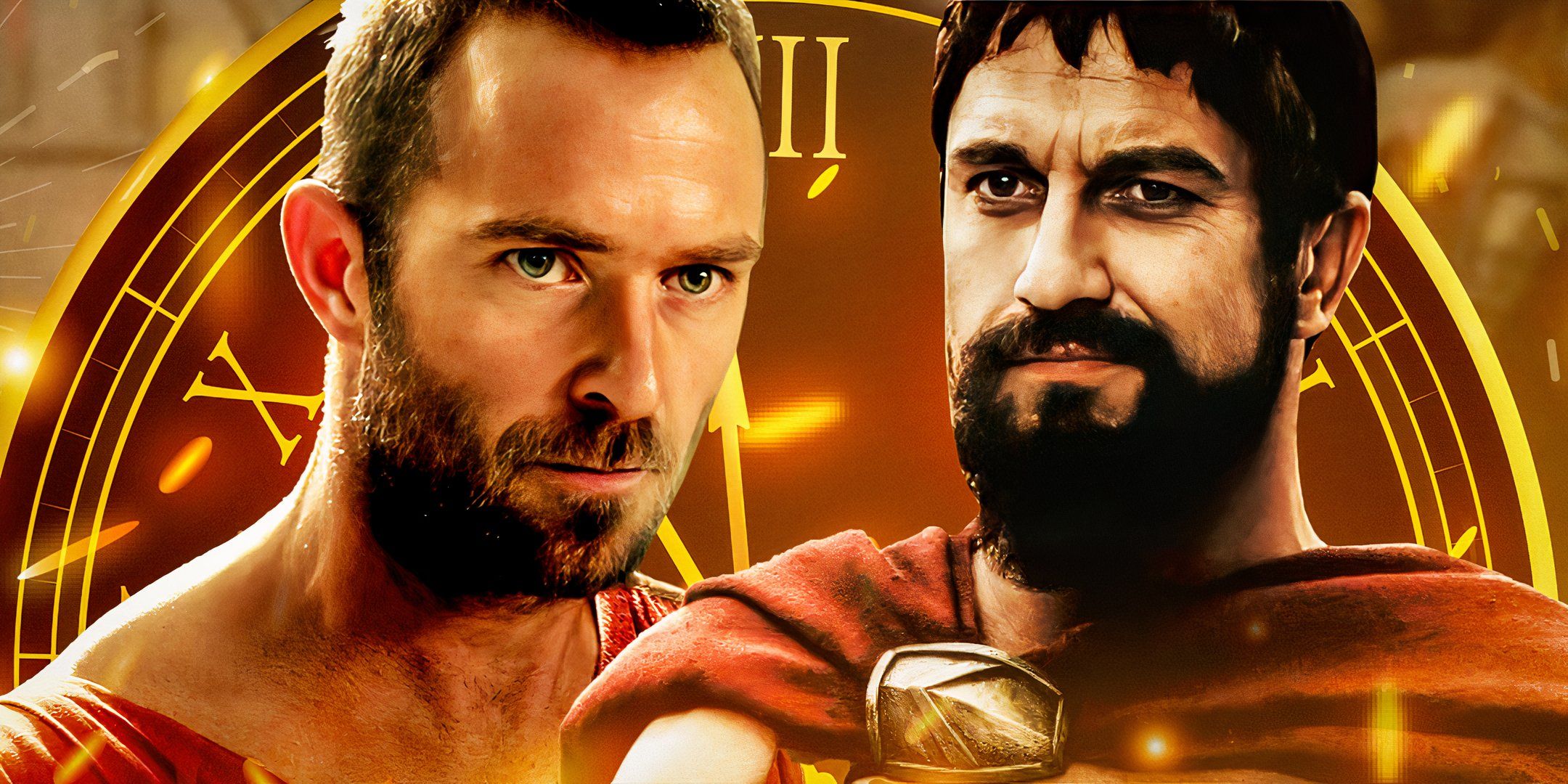
300: Rise of an Empire deals with the same general time period of history that 300 does, namely the Greco-Persian War. Rise of an Empire features the Battles of Artemisium and Salamis, and briefly the Battle of Marathon, while 300 focuses on the Battle of Thermopylae.
Those battles took place over a fairly large amount of time in real life, and the movies cover a large portion of the Greco-Persian War, which makes it hard to place exactly when Rise of an Empire takes place in relation to 300 without some historical context.
300: Rise Of An Empire Begins Around 490 BC & Ends After 480 BC
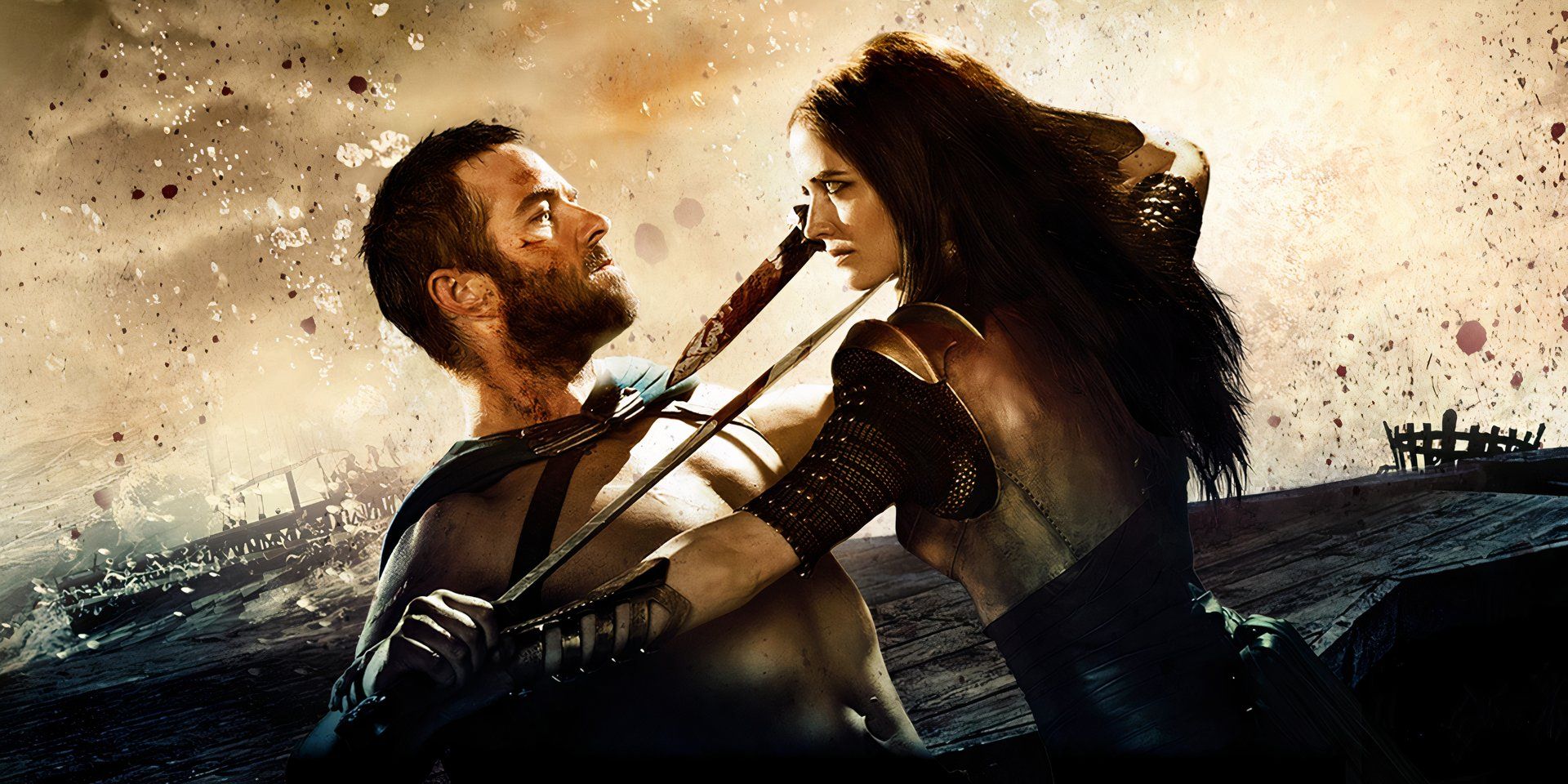
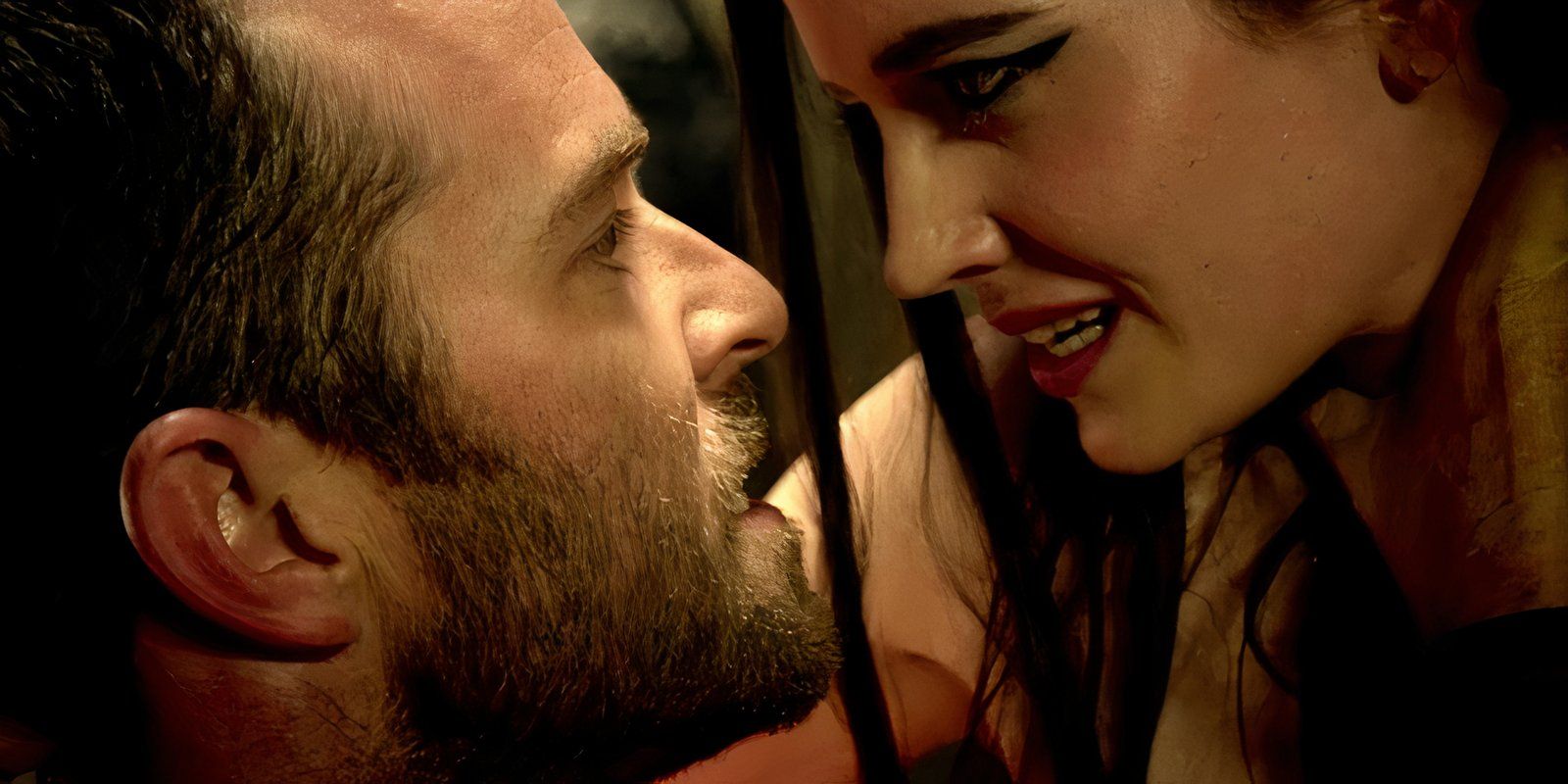
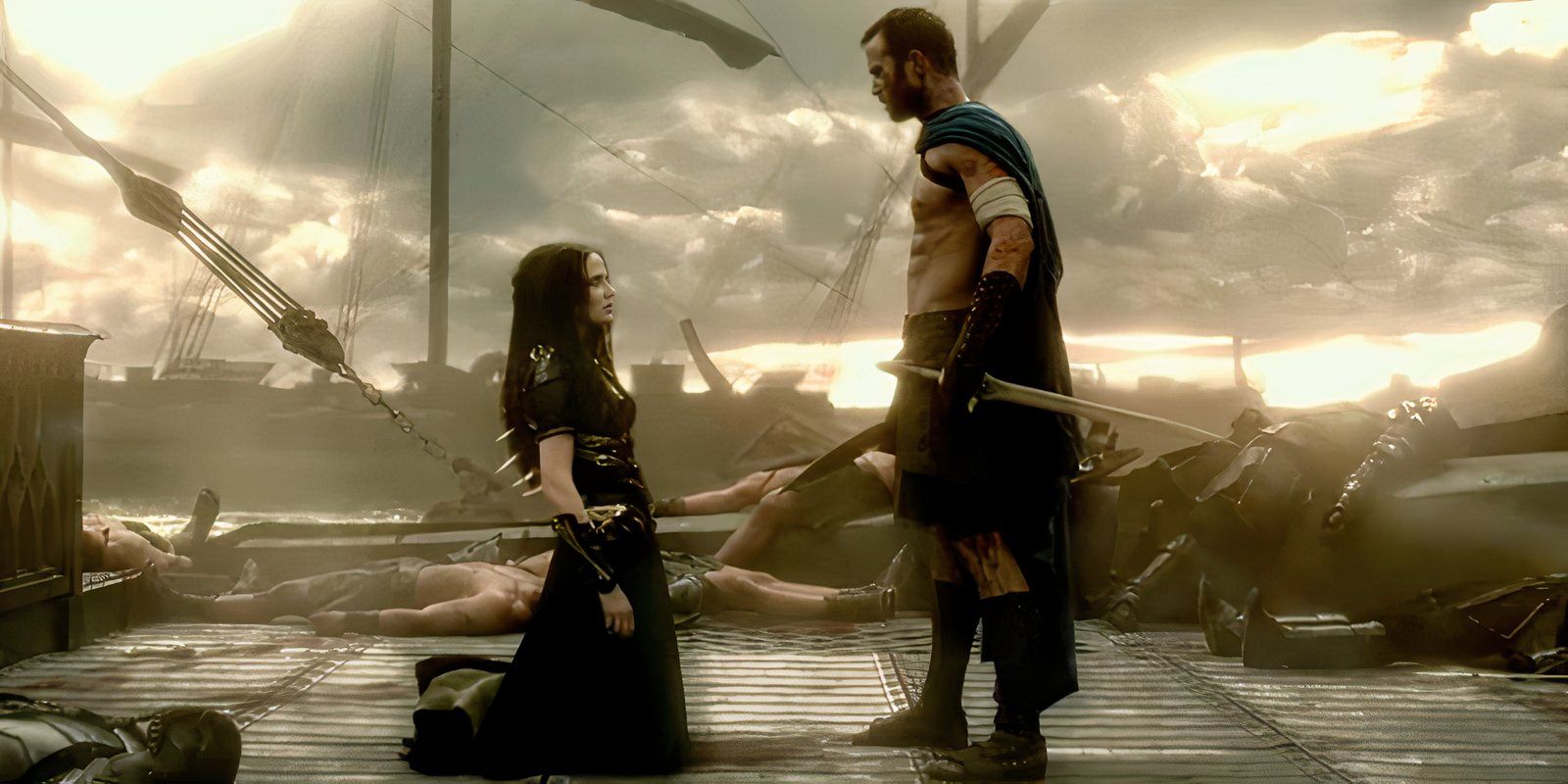
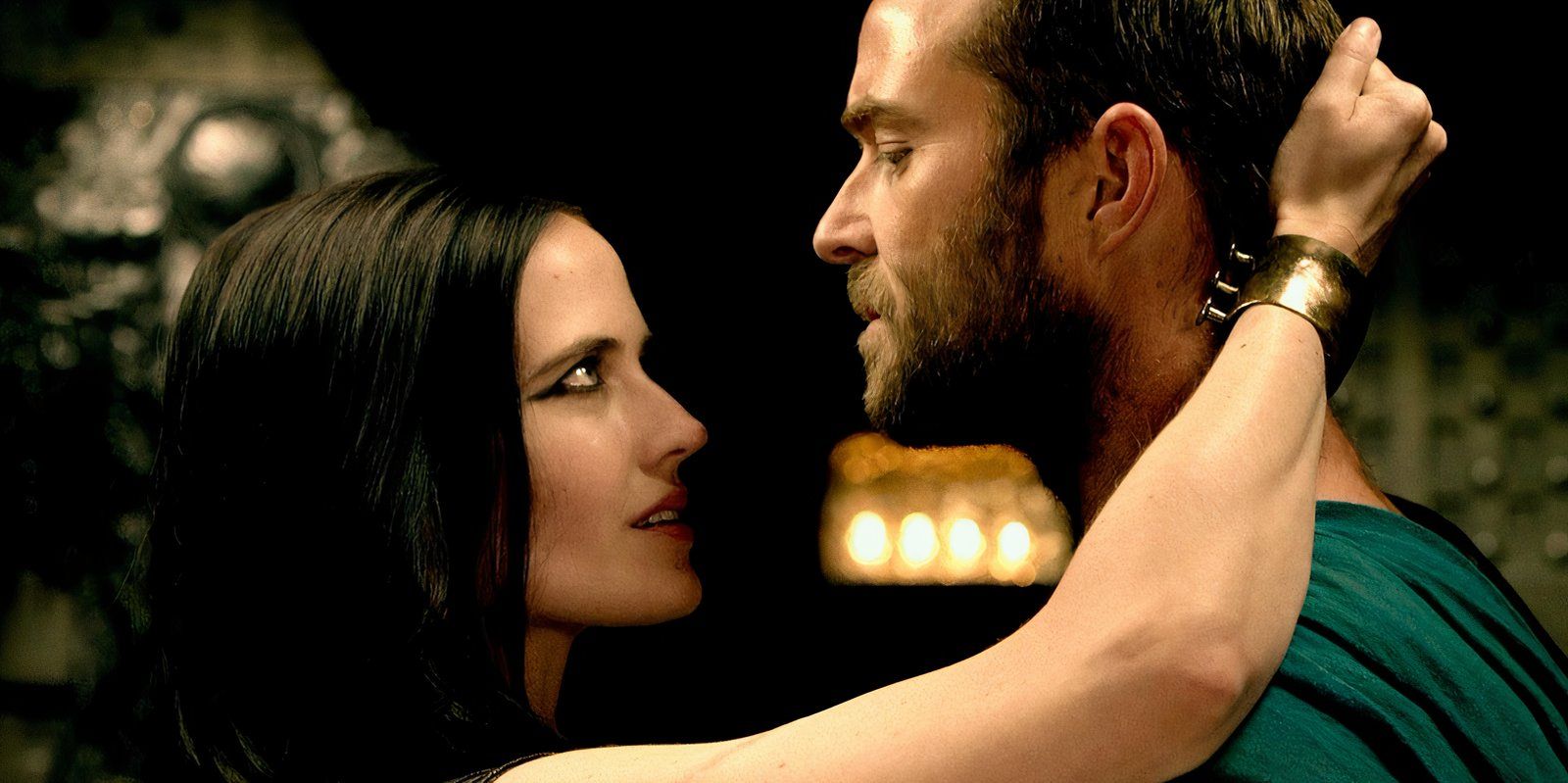
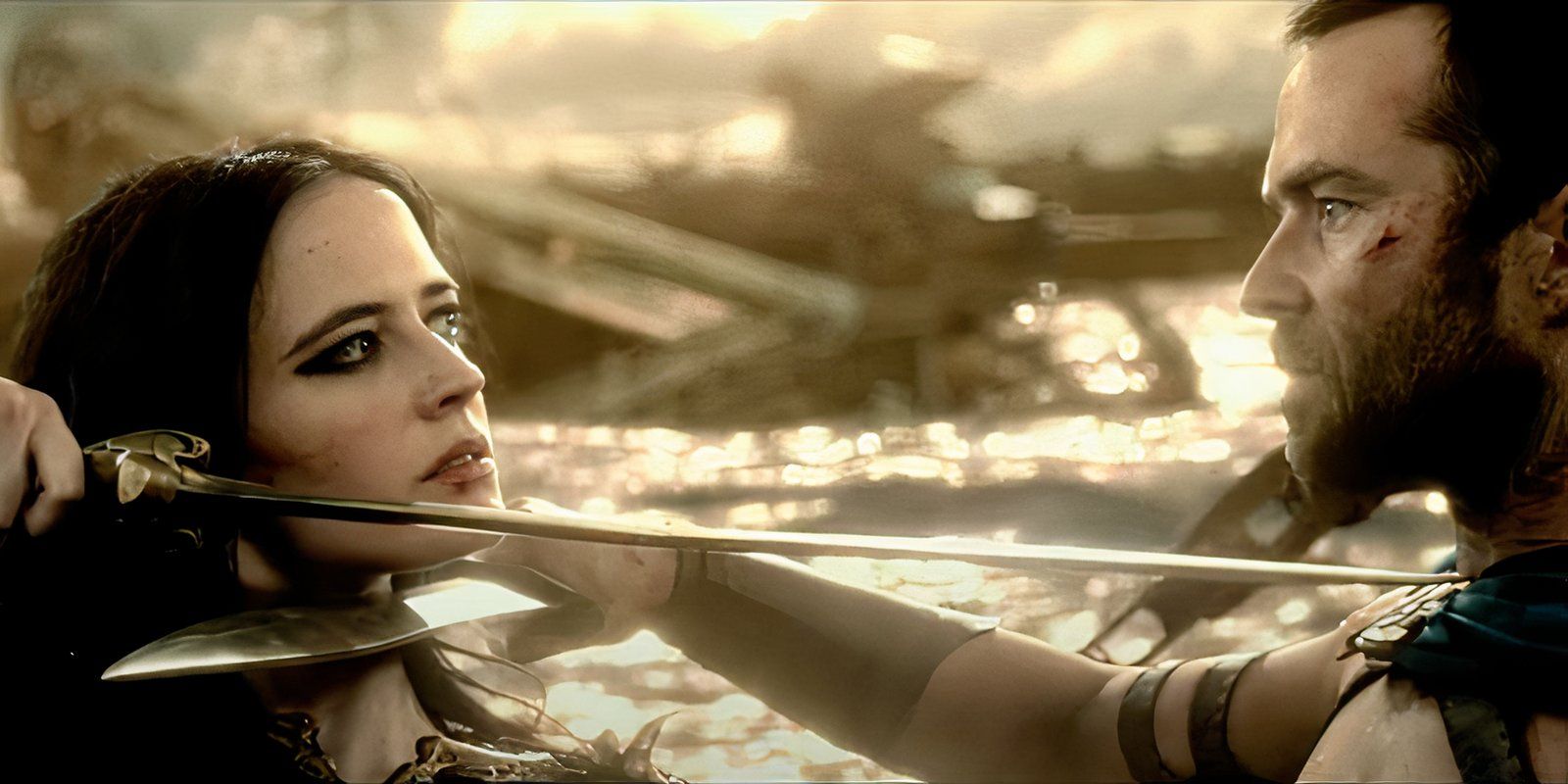
The first scenes of Rise of an Empire depict the Battle of Marathon, and particularly Themistocles’ involvement in it. While the movie took some creative liberties with its historical accuracy, as Themistocles didn’t kill Darius I, it does match up with when the Battle of Marathon took place in real life, according to Encyclopedia Britannica: 490 BCE. That battle marked the end of Darius I’s invasion of Greece, and Xerxes I wouldn’t begin his invasion until 480 BCE. That year is also when the main battles of Rise of an Empire, Artemisium and Salamis, took place, as well as the battle featured in 300, Thermopylae.

300: Rise Of An Empire Takes Place Before, During & After 300’s Timeline
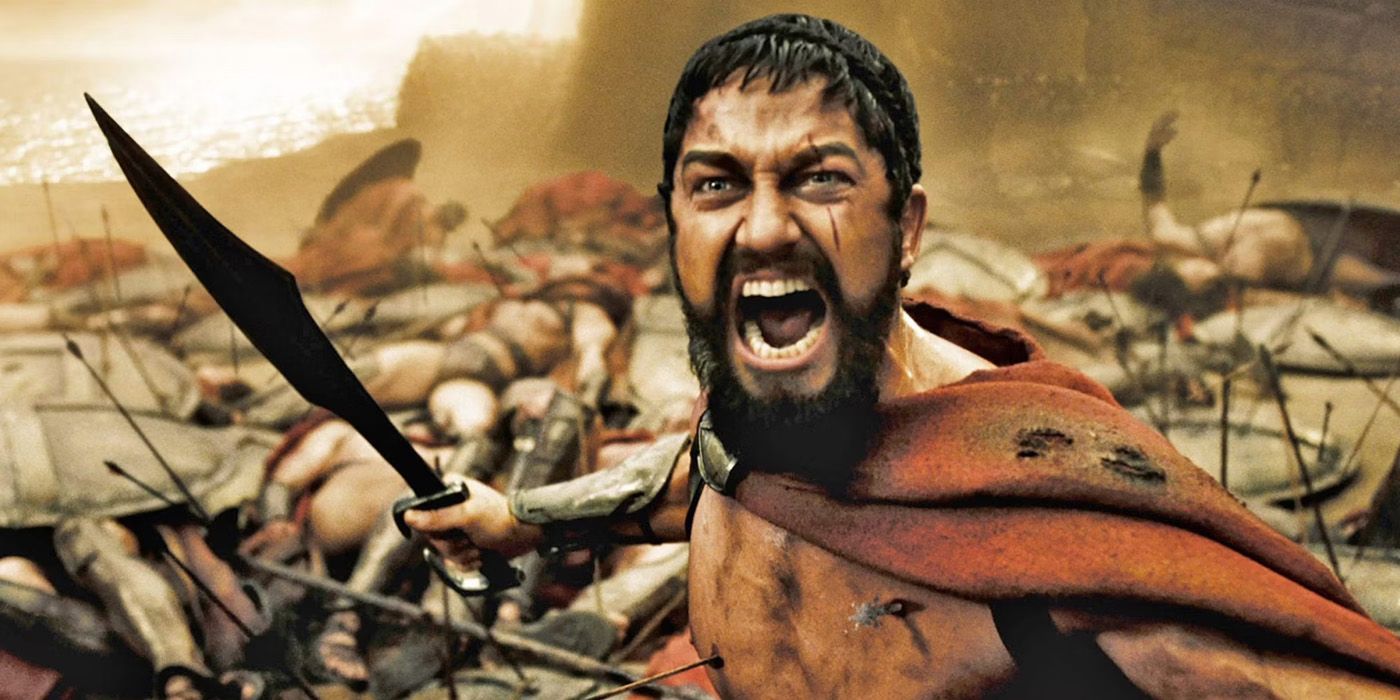
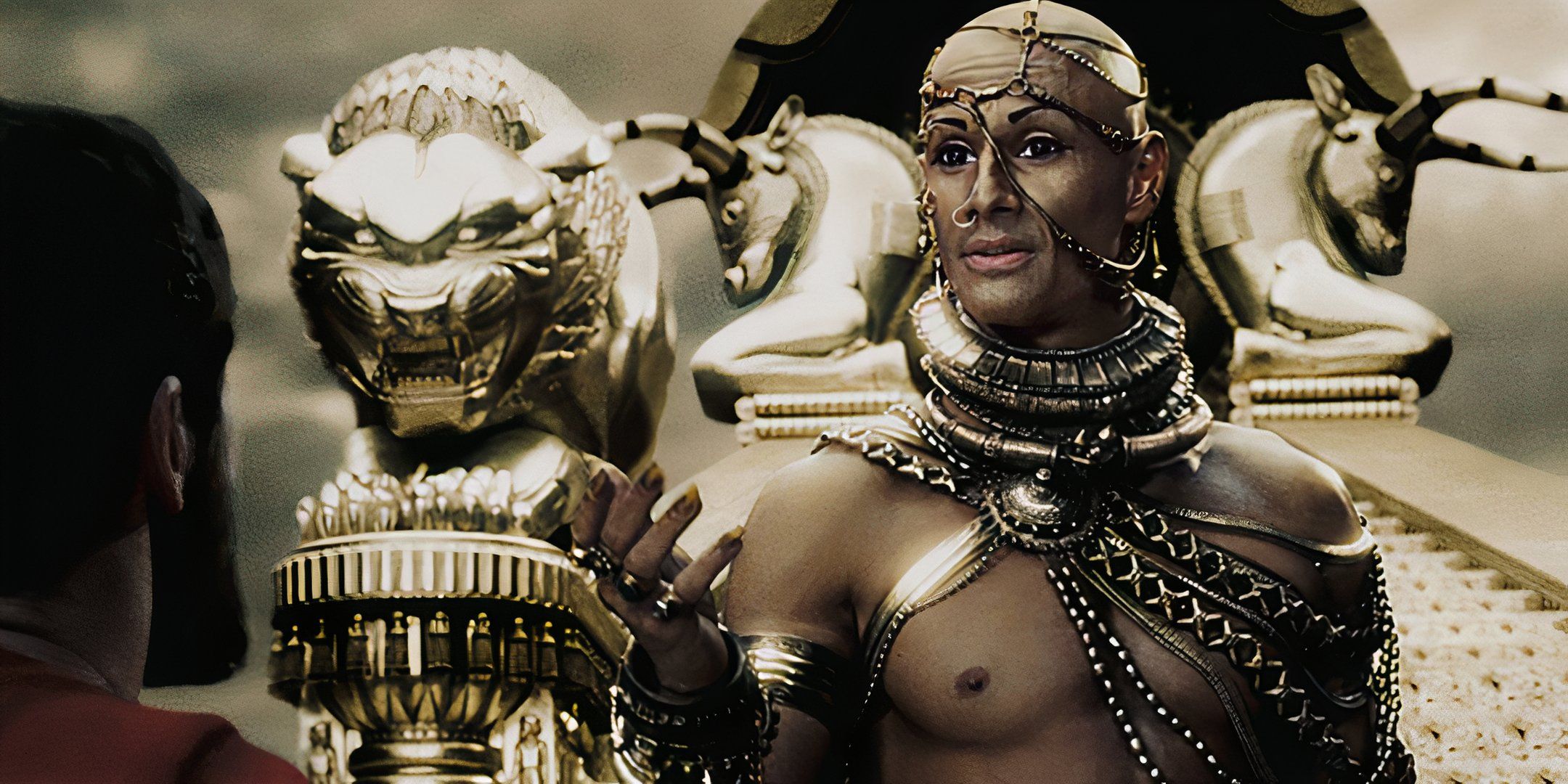
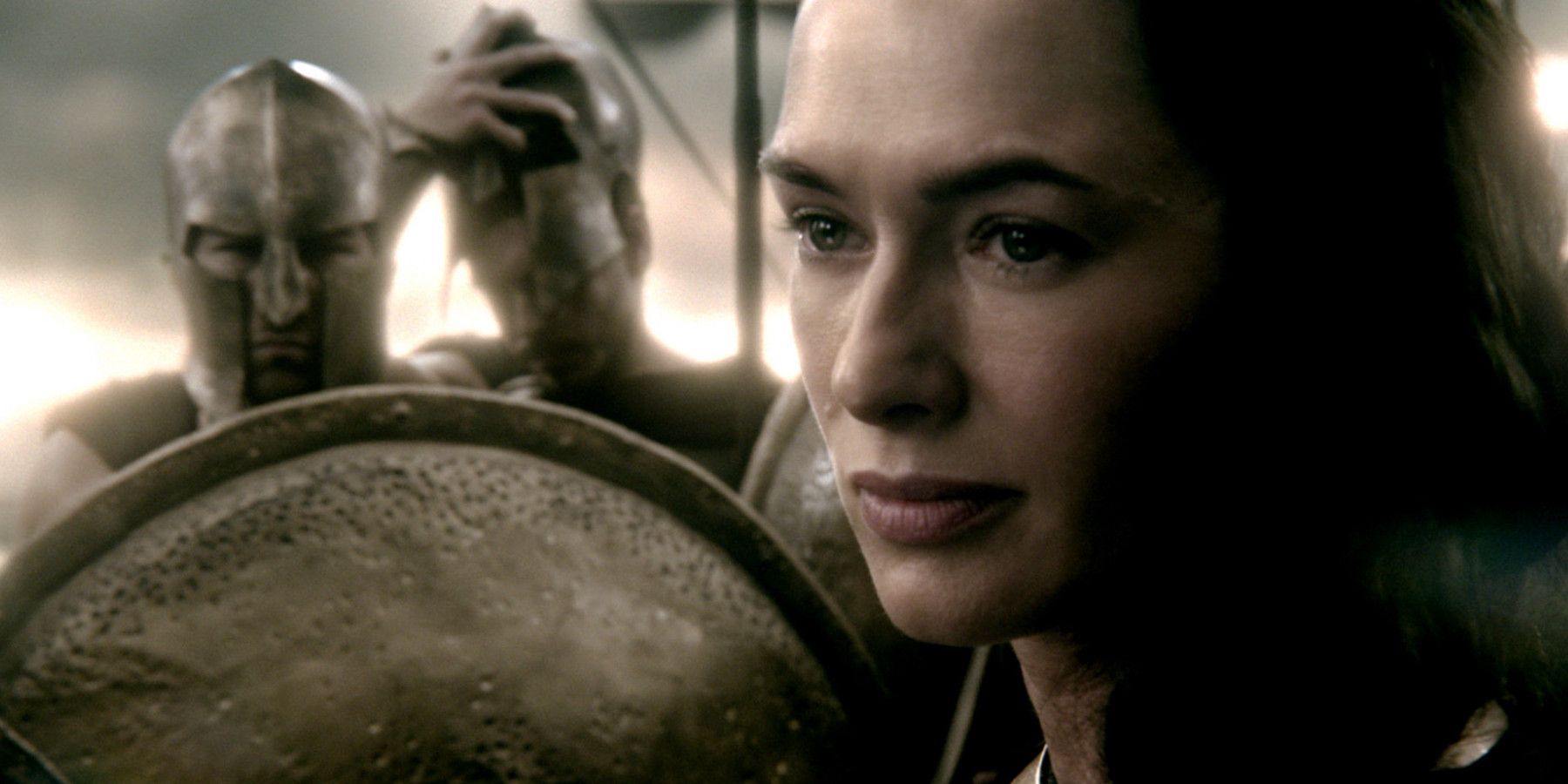
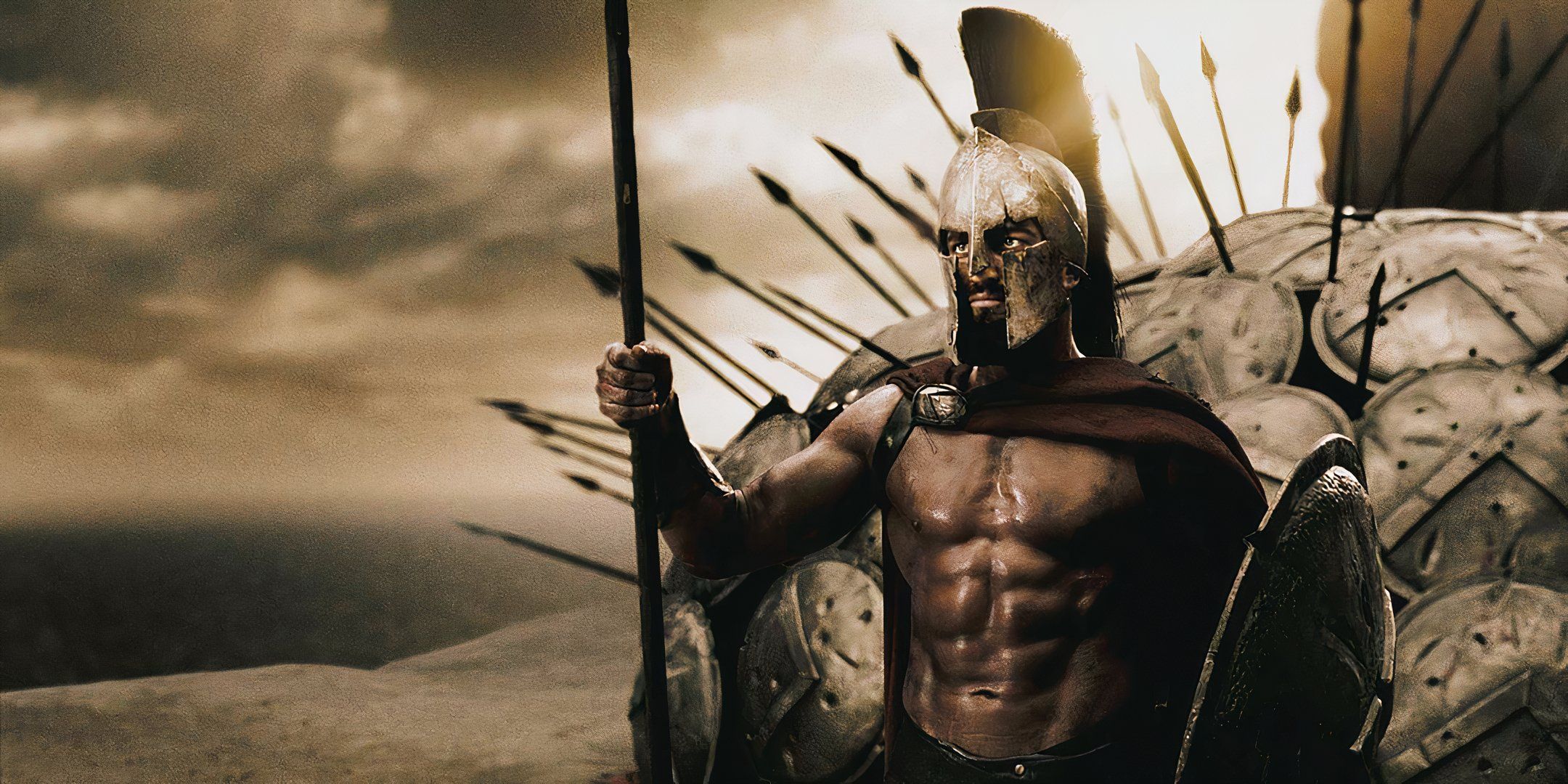
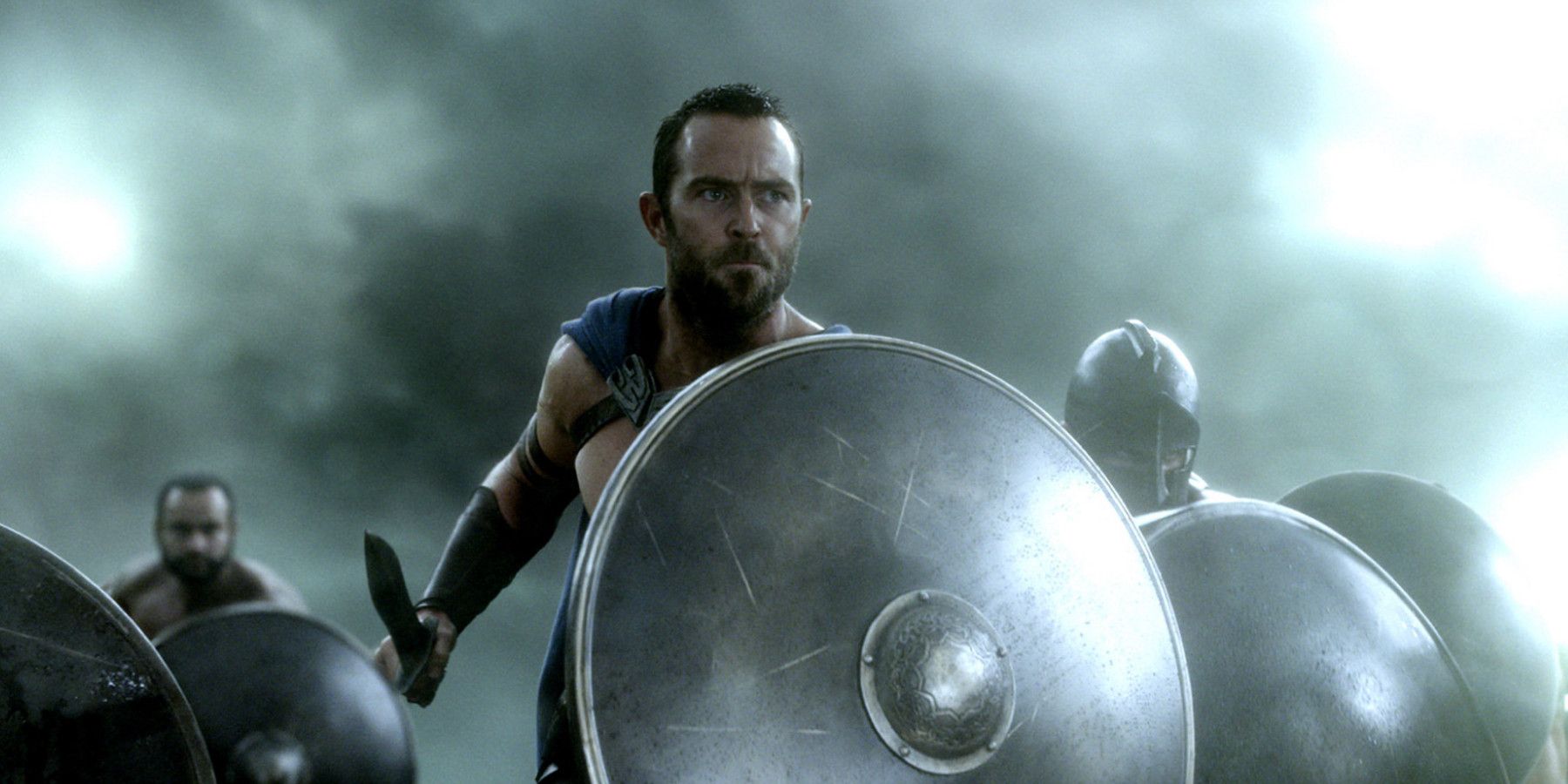
The timeline of Rise of an Empire is fairly clear, but the way it fits with 300 is not. Rise of an Empire takes place before, during, and after the events of 300 at different points in the movie, which is a major source of the confusion. The Battle of Marathon takes place 10 years before all of 300 and most of Rise of an Empire.
The Battle of Artemisium and the Battle of Thermopylae took place at the same time, as they were planned as a simultaneous defensive strategy where the Spartans would defend by land while the Greek fleet defended by sea.
The Battle of Artemisium makes up the bulk of Rise of an Empire, so most of the movie took place at the same time as 300. However, the final battle of Rise of an Empire, the Battle of Salamis, took place after 300 and a few months after Artemisium and Thermopylae.
Because of the battles in Rise of an Empire, it and 300 depict a significant portion of Persia’s two invasions of Greece. Xerxes’ invasion would last another year, but Salamis was a major turning point in the Greco-Persian War. Together, 300 and 300: Rise of an Empire fill out their timelines quite well.
News
Reacher Season 3’s Narrowed Release Window Reportedly Revealed
SUMMARY Reacher season 3 could be released in early 2025. Sticking to a yearly release schedule could help Reacher grow its audience. This is especially true since Reacher has consistently high viewership similar to broadcast TV procedural hits. The release window for Reacher season 3 has…
Reacher season 3 premiere date: A tiny new tease
While there may not be a formal Reacher season 3 premiere date yet at Prime Video, there is something more that we can share! Previously, star Alan Ritchson had shared on Instagram that the action drama would not be back until 2025,…
Nicolas Cage Is ‘Terrified’ of AI and Got Digitally Scanned for Spider-Man Noir: ‘I Don’t Want You to Do Anything’ With My Face and Body ‘When I’m Dead’
Nicolas Cage said in an interview for The New Yorker that he is terrified of AI and is hoping recent body scans he had to do for two upcoming projects aren’t used as reference for AI technology to recreate him on screen after…
Reacher season 3 premiere date: The worst-case scenario?
We know that Reacher season 3 is coming at some point to Prime Video. Not only that, but filming is already done! A great deal of the groundwork has already been laid regarding the show’s future, and there is now just a…
Gods Of Egypt’s Casting Controversy Explained
SUMMARY Whitewashing of Egyptian gods with white actors led to a negative impact on Gods of Egypt. Lack of diversity in casting choices resulted in backlash, poor reviews, and financial failure. Movie’s failure at the box office emphasized the importance…
Gerard Butler disses ‘Free Guy’, Ryan Reynolds generously responds
Ryan Reynolds has offered a response to comments from Gerard Butler about his latest feature, ‘Free Guy’, and his other movies. Earlier this month, the ‘300’ star gave an interview to Unilad promoting it, and he included some scathing comments about Ryan Reynolds’ work….
End of content
No more pages to load











